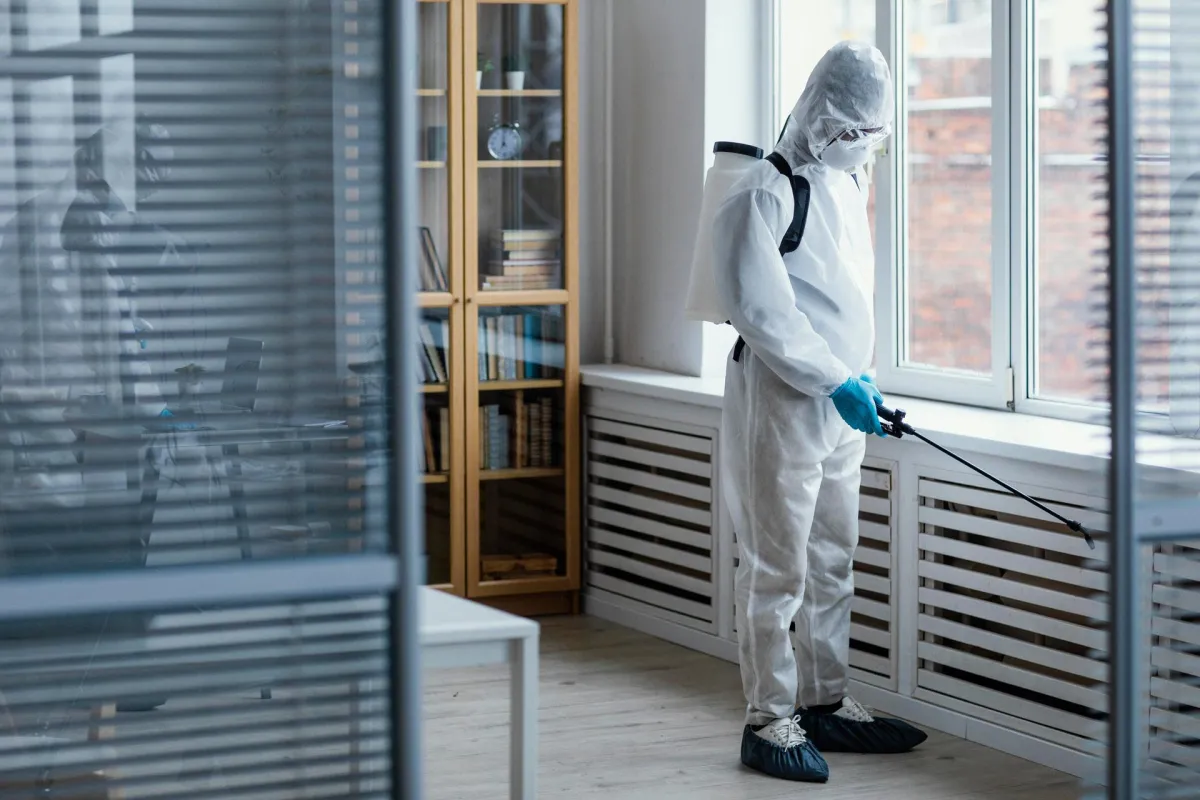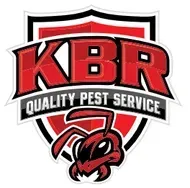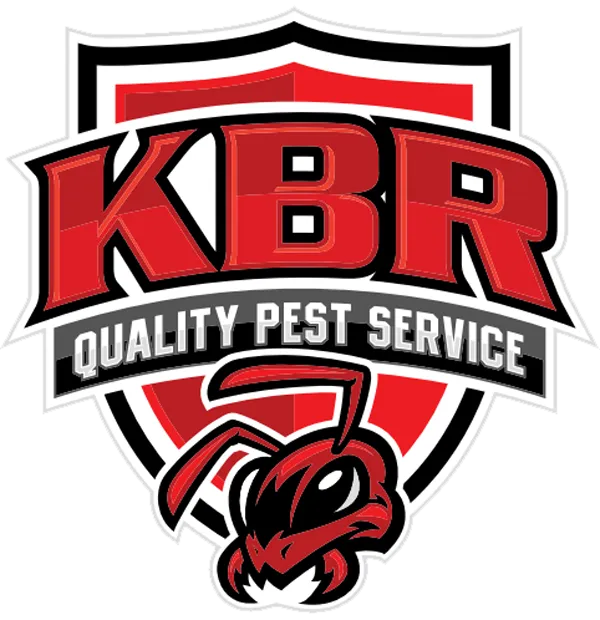Blog

Common Cockroach Species in Cape Coral and How to Get Rid of Them
Introduction
If you live in Cape Coral, you’ve probably seen a roach or two—and maybe more than you’d like. The warm, humid climate that makes Southwest Florida such a pleasant place to live also creates perfect conditions for cockroaches to thrive year-round. These pests are not only unsightly but also unsanitary, carrying bacteria that can contaminate food and trigger allergies.
In this guide, we’ll explore the most common cockroach species found in Cape Coral homes, how to identify them, and the most effective ways to get rid of them for good.
The Most Common Cockroach Species in Cape Coral
Several species of cockroaches inhabit Southwest Florida, each with different behaviors and preferred environments. Knowing which type you’re dealing with is essential for choosing the right treatment method.
1. American Cockroach
Appearance: Reddish-brown with a yellowish figure-eight pattern behind the head. Adults are about 1.5 to 2 inches long.
Habitat: Prefers warm, damp places like basements, sewers, and crawl spaces. Often enters homes through drains or cracks.
Behavior: Can fly short distances and is most active at night. Often called “palmetto bugs” in Florida.
2. German Cockroach
Appearance: Light brown with two dark parallel stripes behind the head. About ½ inch long.
Habitat: Found indoors near kitchens, bathrooms, and food storage areas. Thrives in warm, humid indoor environments.
Behavior: Reproduces quickly—one female can produce hundreds of offspring in a year.
3. Smokybzown Cockroach
Appearance: Uniform dark brown color and larger than most species (up to 1.5 inches).
Habitat: Found outdoors in trees, mulch, and gutters but often enters homes in search of food or water.
Behavior: Strong flier and highly attracted to light sources at night.
4. Brownbanded Cockroach
Appearance: Smaller (about ½ inch) with two lighter bands across the wings and abdomen.
Habitat: Prefers dry areas—often found in bedrooms, living rooms, and electrical appliances.
Behavior: Doesn’t need as much moisture as other species and hides in high places like cabinets and picture frames.
5. Oriental Cockroach
Appearance: Shiny black or dark brown, about 1 inch long.
Habitat: Prefers cooler, damp environments such as drains, crawl spaces, and under porches.
Behavior: Moves slowly and rarely climbs walls but often enters homes through gaps near plumbing.
Why Cockroaches Thrive in Florida
Florida’s subtropical climate provides ideal conditions for roaches to survive and breed year-round. Factors that encourage infestations include:
Warm temperatures: Roaches flourish in environments between 70–90°F.
High humidity: Moisture is essential for their survival.
Abundant food sources: Crumbs, grease, pet food, and organic waste attract them.
Hidden entry points: Cracks, vents, and drains provide easy access indoors.
Even clean homes can experience infestations, as roaches can enter through grocery bags, cardboard boxes, or plumbing lines shared with neighboring properties.
How to Get Rid of Cockroaches in Cape Coral Homes
Getting rid of cockroaches requires a combination of sanitation, exclusion, and professional pest control. Here’s how to take control of an infestation effectively.
Step 1: Eliminate Food and Water Sources
Cockroaches can survive for weeks without food but only days without water. Reduce attractants by:
Cleaning crumbs, grease, and spills promptly.
Storing all food (including pet food) in sealed containers.
Fixing leaks under sinks and around appliances.
Emptying trash cans daily and keeping them tightly closed.
Step 2: Declutter and Clean Regularly
Clutter gives cockroaches hiding places and makes control harder.
Remove stacks of newspapers, cardboard, and paper bags.
Vacuum regularly behind appliances and furniture.
Keep counters and floors free from debris.
Step 3: Seal Entry Points
Prevent new cockroaches from entering by sealing cracks and crevices.
Use caulk around plumbing, windows, and baseboards.
Install door sweeps and repair torn window screens.
Inspect grocery bags and delivery boxes before bringing them inside.
Step 4: Use Traps and Baits
Bait stations and gel baits are effective for reducing populations over time.
Place them along walls, behind appliances, and near known nesting areas.
Avoid spraying over bait locations, as it can repel roaches from feeding.
Step 5: Schedule Professional Pest Control
When infestations persist or spread, professional treatment is essential.
KBR Quality Pest Services uses proven, family-safe methods tailored to Cape Coral’s climate. Their technicians identify specific species, apply targeted treatments, and provide preventive maintenance to keep roaches from returning.
Frequently Asked Questions
What attracts cockroaches the most?
Food crumbs, moisture, and clutter are the biggest attractants. Roaches are opportunistic and will thrive anywhere they find food and water.
Can cockroaches make you sick?
Yes. They carry bacteria like Salmonella and E. coli, and their shed skins can trigger asthma or allergies, especially in children.
Are “palmetto bugs” the same as cockroaches?
Yes. The term “palmetto bug” usually refers to large American cockroaches found throughout Florida.
Do roaches only infest dirty homes?
No. Even the cleanest homes can attract roaches if food, moisture, or entry points are available.
How often should I schedule pest control for roaches in Florida?
Monthly or quarterly treatments are recommended for Florida homes due to the year-round risk of infestation.
Conclusion
Cockroaches are a common problem in Cape Coral, but with the right prevention and professional help, they don’t have to be a lasting one. Identifying the type of roach in your home helps determine the most effective solution, whether it’s sanitation, sealing entry points, or professional treatment.
KBR Quality Pest Services offers customized pest control plans for homes and businesses in Cape Coral and across Southwest Florida. Their expert technicians use safe, effective methods to eliminate cockroaches and prevent them from returning—so you can enjoy a cleaner, healthier home.
Pest Services
Helpful Links
Contact Information
Mon - Sat: 8:00 am - 6:00 pm
Sun: Closed
Address
1730 Northwest 9th Terrace Cape Coral, FL 33993
© 2025 All Rights Reserved | KBR Quality Pest Services

